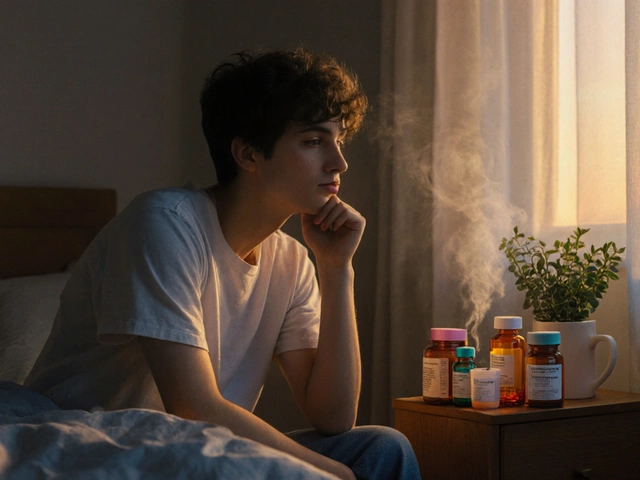Tuberculosis (TB): what to watch for and what to do
About 10 million people develop tuberculosis each year worldwide. TB is an infection that usually hits the lungs, but it can affect other parts of the body. The good news: TB is diagnosable and treatable. The tricky part is catching it early and finishing the full medicine course.
Active TB symptoms are often subtle at first. Cough lasting more than two weeks, night sweats, unexplained weight loss, fever, and chest pain are common signs. If you notice these, especially after travel or contact with someone who had TB, get checked. For many people, TB starts as a silent, latent infection — no symptoms but still detectable on tests.
How TB is diagnosed
Doctors use a few reliable tests. A TB skin test (Mantoux) or a blood test called IGRA can show if your immune system has seen TB before. If those are positive or you have symptoms, clinicians usually order a chest X-ray and sputum tests. Sputum culture or molecular tests find the bacteria and tell doctors which antibiotics will work. Don’t skip follow-up testing; it guides the right treatment.
Latent TB means you carry the bacteria but aren’t sick or contagious. Treating latent TB lowers the chance it becomes active later. Active TB means you can feel sick and may spread TB to others, so treatment starts right away.
Treatment and what to expect
Standard treatment for drug-sensitive TB is a 6-month regimen with a combination of antibiotics: usually rifampin, isoniazid, pyrazinamide, and ethambutol in the first months, then fewer drugs later. Missing doses or stopping early raises the risk of treatment failure and drug resistance. If side effects like jaundice, severe nausea, or vision changes appear, contact your provider immediately.
Drug-resistant TB (MDR or XDR) needs longer treatment with stronger drugs and close medical follow-up. Many clinics offer directly observed therapy (DOT) where a nurse watches you take pills — it helps people finish treatment and reduces relapse.
Practical tips: avoid alcohol during treatment, tell your doctor about other medicines or supplements, and ask about liver function tests before and during therapy. If you live with someone treated for TB, household contacts should be screened too.
Prevention matters. BCG vaccine is used in some countries and can protect young children from severe TB forms. Good ventilation, masks when needed, prompt testing, and finishing treatment all cut the spread. People with HIV or weakened immune systems should be extra vigilant and get regular screening.
If you think you’ve been exposed, have symptoms, or have a positive TB test, see a healthcare provider. Quick action keeps you healthy and helps protect others. For local testing and treatment options, check public health clinics or talk to your primary care doctor.




